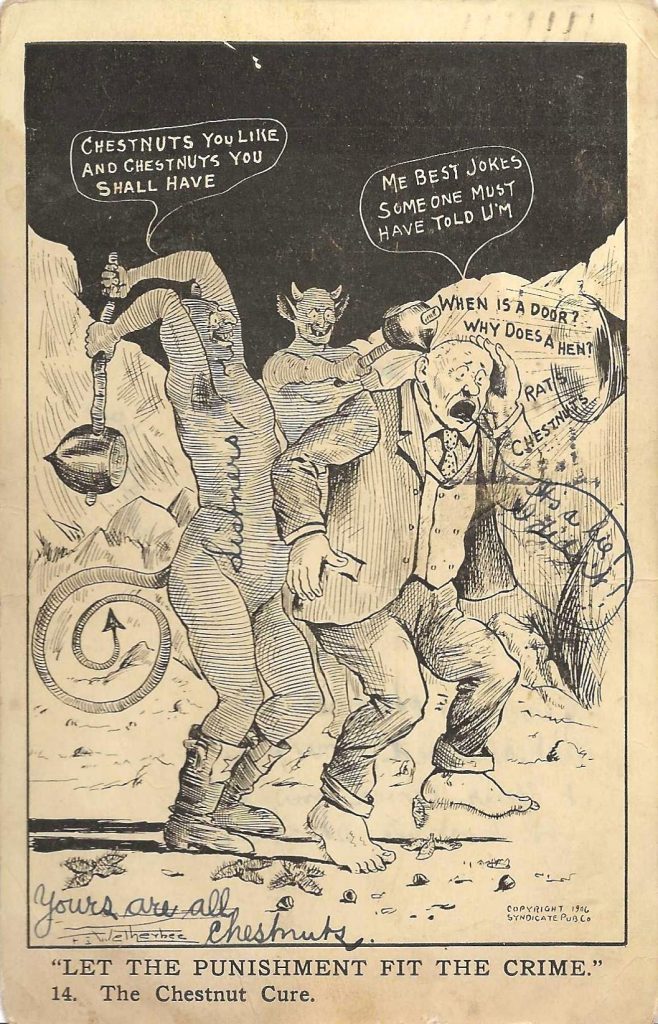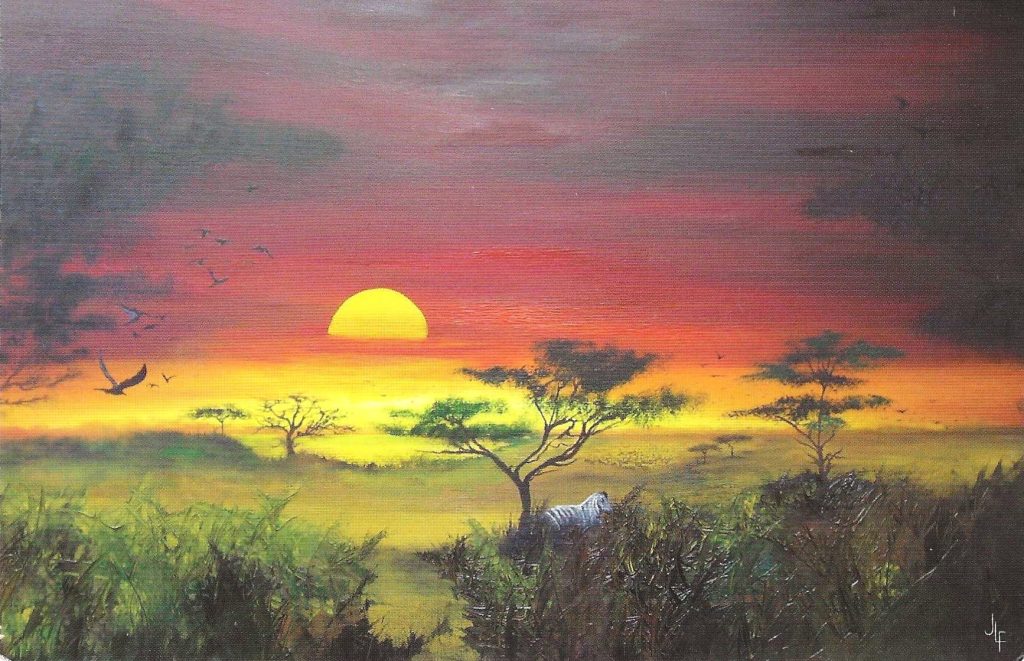Welcome to the first fifth Sunday of the new year. Today we continue Postcard History’s tradition of bringing you three short history lessons about three unusual postcards on each Fifth Sunday of the year.
To introduce the 2025 line-up of “sore thumb” postcards we present a card that is almost nine decades old. Published in the heyday of the linen postcard, this pre-linen postal size card (5¼ inches by 31/8 inches) advertises an American firm that has been forgotten for decades. The Crosley Corporation was an independent manufacturer of economy cars and home appliances to be sold at popular prices.
The Car of Tomorrow

The company’s founder, Powel Crosley, Jr. made his fortune in the automotive parts and accessories business, before diversifying into manufacturing other consumer products and Crosley automobiles in the 1920s and 1930s. In 1925 his company became the largest manufacturer of radios in the world. The financial success of his manufacturing and radio broadcasting businesses provided the funds for Crosley to pursue his lifelong interest in manufacturing automobiles. He introduced the first Crosley car in 1939. He unabashedly called it “The Car of Tomorrow.”
During World War II the company discontinued civilian automobile manufacturing and produced war-time materials, including experimental vehicles. In 1946 Crosley resumed production of compact and subcompact vehicles at its facility in Marion, Indiana.
Crosley introduced several “firsts” in American automotive history, including the first affordable, mass-market car with an overhead camshaft engine in 1946; the first to use the term “sports utility vehicle,” and the first American car to be fitted with 4-wheel caliper type disc brakes. With a few exceptions, most Crosley cars were built on an 80-inch wheelbase and with leaf-springs.
Sadly, after gas rationing was discontinued and larger cars were being made, consumer interest in Crosley’s compact cars declined. The last Crosley car rolled off the assembly line on July 3, 1952, and the company focused on other, more successful business ventures.

The Chestnut Cure*
Much of what you read here is speculation, but it is presented as a fairly sound but unproven theory of the card’s history.
William Calvin Chestnut was born in 1873. Privately and professionally, he went by W. Calvin Chestnut. In the 1920s, he was an attorney who practiced law in Baltimore. Late in 1931, President Herbert Hoover appointed him to the U.S. District Court for Maryland. His confirmation by the Senate took place in January ’32.
At the time of his death, he was the oldest active jurist in America.
From a text entitled the “History of American Jurisprudence” in the chapter on sentences, it mentions Judge Chestnut: W. Calvin Chestnut, … throughout his career, frequently quoted Cicero when he passed judgement on guilty defendants. “Sir,” he would say, “you have been found guilty by a jury of your peers. It is incumbent on me to uphold a centuries’ old tradition that the guilty should be given a punishment that fits the crime.”
The cartoon seems to suggest that the judge should spend his afterlife in Hell, with the Devil, who would dole out to the judge punishment that fit “his” crimes.
It is probably no more than wishful thinking on the part of the signed artist, Weatherbee. However, there was a newspaper cartoonist named F. R. Weatherbee in Durham, North Carolina in the 1940s.
Could it be that Weatherbee had a grudge against Judge Chestnut?
*Thank you to Mr. Mike Schwartz of Pennsylvania
for bringing this card to the attention of Postcard History.
Under African Skies

As the sun dips below the horizon in Africa, the sky transforms into a breathtaking palette of oranges, pinks, and deep purples. The air is thick with warmth, and the landscape, painted in shades of gold, prepares for the cool embrace of night. In this serene setting, a solitary zebra stands out against the vivid backdrop, its black-and-white stripes a striking contrast to the warm earth tones surrounding it.
The zebra, a symbol of grace and resilience, gazes towards the fading light, seemingly aware of the transition that is about to take place. The savannah, alive with the sounds of chirping crickets and distant calls of wildlife, offers a gentle serenade as it shifts from day to night. The zebra stands still, perhaps reflecting on the day’s journey, the grazing, the cautious watch for predators, and the dance of life unfolding around it.
As dusk settles, the cool breeze begins to whisper through the tall grass, bringing relief from the day’s heat. The zebra, now silhouetted against the glowing horizon, embodies the essence of Africa—wild, untamed, yet tranquil in its natural beauty.
Under the emerging stars, the world slows down, inviting all creatures to embrace the peace that night brings. Here, in the heart of the African wilderness, the sunset offers not just a visual feast but a moment of quiet reflection on the majesty of life amidst the ebb and flow of nature.
Jamie Lee Francis, artist
for the African Children’s Fund
Until 1970, the Cincinnati Reds played their home games in Crosley Field, which had been known as Redland Field before Powel bought the baseball team in 1934.
Thank you for this very interesting article. That first postcard is amazing, and so is its history.